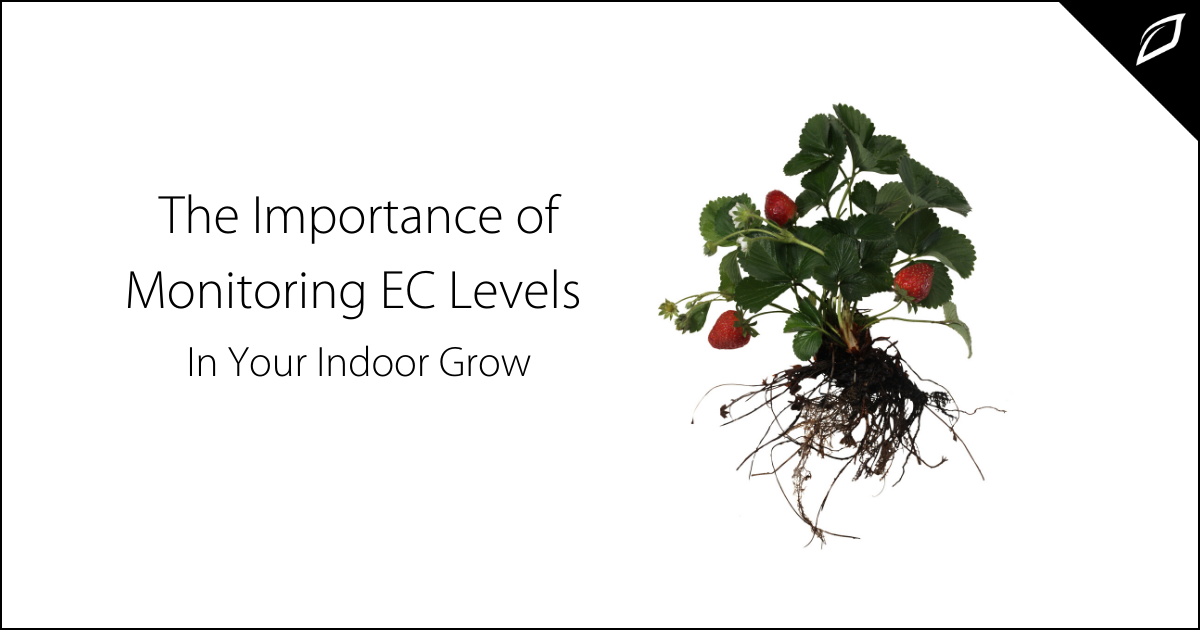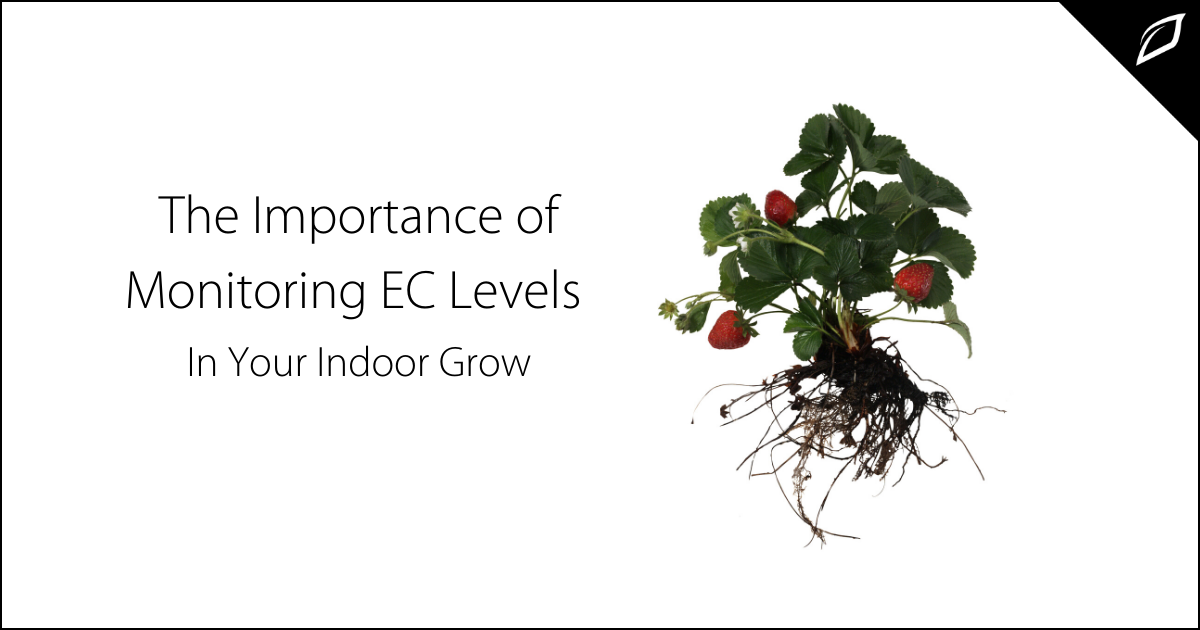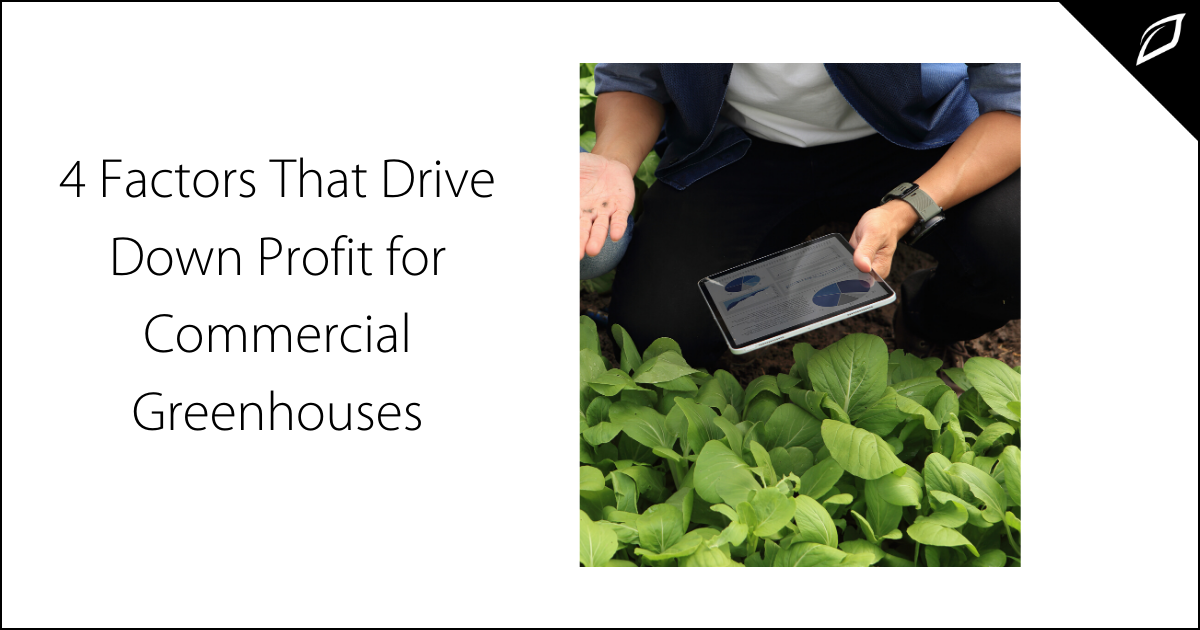Is Your Cloud-Based Farm Data Safe?
Cloud-based data storage solutions are increasingly in demand around the world, especially for businesses that are utilizing automation that requires...
2 min read
Alex Stone : May 21, 2020 8:00:00 AM


There are numerous things in your indoor grow that are critical to measure and monitor to keeps things growing. Lighting, CO2 levels, airflow, for example, are essential aspects of your business that need to be regularly observed and adjusted. But it's also vital to measure EC levels.
What Does EC Stand For?
EC stands for electrical conductivity, which measures the potential for a material to conduct electricity. Even though most growers are familiar with regulating the number of nutrients they have to provide plants in ounces per gallon, grams per liter, or any other measuring units used, EC takes it to another level.
An EC meter allows you to measure how concentrated the nutrient solution is. Understanding this helps give your plants nutrients more precisely. If the EC value is lower than suggested, it's likely that your plants may not be receiving enough nutrients.
Why It's Essential To Measure EC Values In Your Grow
All plants are different, so it stands to reason that plants require different amounts of nutrients. Additionally, the number of nutrients a plant needs is often varied based on its phase. Typically, a juvenile plant needs a lower EC value than a more mature plant. You'll need to research the type of plants you're growing in order to determine the optimal EC levels for the different kinds of crops you plant.
How Automation Can Help
Merely measuring the EC levels doesn't actually resolve any possible nutrient deficiencies, adjustments must be made to ensure that plants are receiving proper nutrition. Many agricultural automation solutions can address this problem and will allow you to make corrections quickly and efficiently.
When the EC levels dip below optimal levels, adjustments must be implemented. If EC levels are lower than the pre-determined ideal range, it implies that the nutrient requirement are higher than what is being provided. To address this, you must increase the fertilizer flow rate.
Conversely, when EC levels increase, it indicates the nutrient recipe contains more nutrients than required by the plant. It's essential to address this by decreasing the amount of fertilizer in your fertigation system, batch tank, or irrigation line. Potential cost savings are associated with monitoring your EC levels as it'll help avoid wasting costly fertilizer solution.
You can also irrigate the plant substrate a few times with clear water to remove excess fertilizer salts. Flushing the roots will also reduce the potential for nutrient burn, a byproduct of plants that are receiving more nutrients than needed.
While these solutions will address the issue at hand, it highlights the importance of monitoring EC levels to avoid catastrophic crop loss due to under or over-fertilizing your plants.

Cloud-based data storage solutions are increasingly in demand around the world, especially for businesses that are utilizing automation that requires...

Even in the best of seasons, profit margins may be slim for commercial greenhouses. Agriculture has never been a get-rich-quick venture; it takes...

Hailing from the great Pacific Northwest, Jim Stephens embodies the essence of the region. His love of the outdoors and passion for farming...